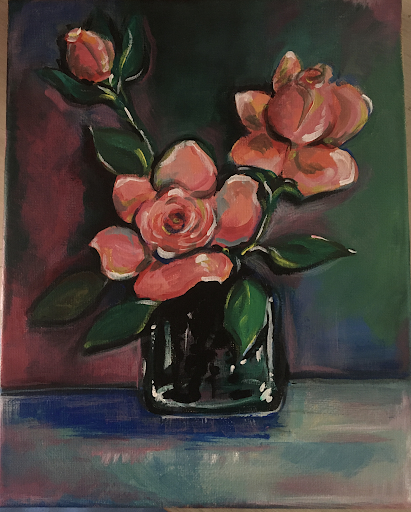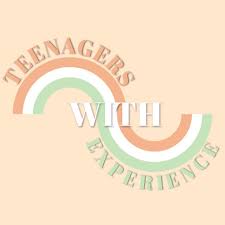|
The word “creativity” can mean a variety of things. For some people, creativity is visual art, like painting or pottery. For others, creativity takes a less physical form through things like writing and music. From dancing, to photography, to poetry, it is clear that this word has an extremely broad definition. What things do these art forms have in common? Passion. Creativity is what drives people, giving them such an interesting emotional outlet. While this passion is usually positive, there are harsh expectations that get in the way of people expressing their creative interests. It is not easy to pursue an interest when there are so many pressures to face. One of the most common issues people struggle with is the so-called “failure” to meet their own expectations. When there is a clear image in your head of what you want to express, the reality may be disappointing. Unfortunately, this fear of a mediocre outcome is what stops a lot of people from attempting to begin in the first place. In addition to the internal struggles, there are plenty of external factors that contribute to the discouragement of creative hobbies. Though many do not outwardly admit it, social media plays a major role in our motivation. Sometimes it can drive people to create art only to post about it. Unfortunately, many people get too caught up in posting about their work rather than actually falling in love with it, therefore building extremely high expectations for themselves. Additionally, comparisons to other people can make it difficult to have confidence in your own work, which can also build up high expectations that may be difficult to achieve. A few years ago when I was stressed with school, I used painting as a creative outlet. When I was completely invested in my work, I could release all my stress and worries onto the paper. It genuinely didn’t matter to me if the painting was messy, I was only focused on the joy of creating the piece. This delightfulness soon haltered once I started posting about it. The thought of posting my work on social media created an ocean of presuppositions about when to post, what to paint, and if it even looked good enough to hit the public eye. What began as a hobby quickly transformed into a chore. As time passed, I began to realize how disappointing it was to allow my own standards to stop me from doing what I used to love. After several attempts to continue my passion for art, I finally found some lasting solutions. The first being my promise that I wouldn’t paint with the intention of posting it after. Instead, I would be painting for my own validation. This helped me center my focus on the process of the piece as opposed to the outcome. Another practice that really encouraged me to continue painting was setting realistic goals for myself. Instead of expecting to finish my work in only a few hours, I would set a goal to finish it in two or three days. That way, I could take breaks without feeling overwhelmed or guilty. The advice I gave doesn’t just apply to art but also to any other area of creativity! It’s always good to give yourself both time and space to focus, and breaks are a fantastic way to practice this. It is so important to be kind to yourself during the creative process. Progress is not always linear, and that’s okay! The ups and downs are part of the journey. Practicing a method of non-judgmental creativity will help everyone find a way to continue their passions!
0 Comments
Your comment will be posted after it is approved.
Leave a Reply. |
Categories
All
|
|
|
Teenagers With Experience is an online organisation created to provide teenagers worldwide with an online platform to share their own experiences to be able to help, inform and educate others on a variety of different topics. We aim to provide a safe space to all young people. You can contact us via email, social media or our contact form.
|



 RSS Feed
RSS Feed
